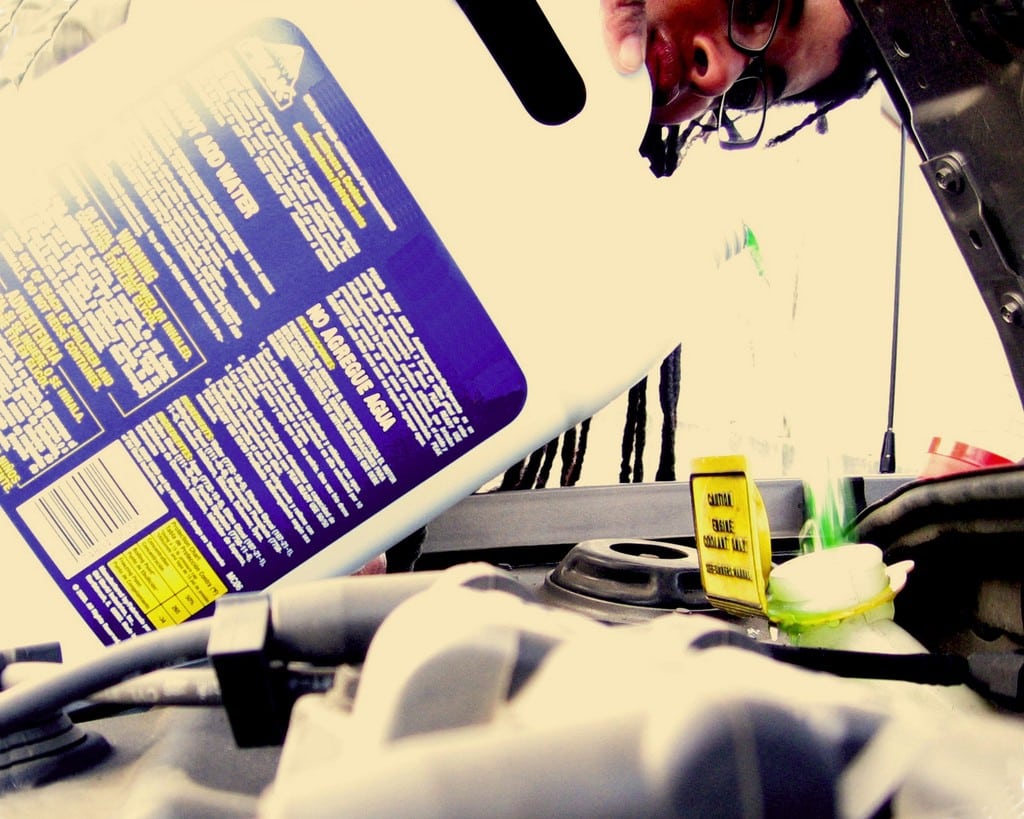If you are having engine start problems and have determined that the issue is that there is no spark (or would like to test that), then the ignition coil is your focus. There are two methods for testing the coil. The first will test if spark is being delivered, the second will test the coil itself. If you know spark is not being delivered, then use the second method if you can as it is much safer.
Testing for Spark with Coil Still Mounted
This method tests to find out if spark is being delivered to the plugs from the ignition coil. You can do this in two ways. Always be sure to keep loose clothing, flammables, etc. away from the engine. Wear protective gear including insulating shoots, rubber gloves, and safety goggles.
The safest is to install a timing light on a plug wire and see if it pulses as the engine turns over. You can move the timing light from wire to wire to test all of the plug wires in succession, making sure all of them are firing.
The second method is less safe, but doesn’t require any special tools and can be used on vehicles where the coil is atop the spark plug rather than on the wire leading to it. This method works best with two people. Begin by shutting off the engine and removing a plug wire and plug.
Once the plug is removed, plug it into the plug wire and hold it safely with non-conductive (insulated) pliers. Be sure nothing flammable is in the area (leaking fuel, fluids). Place the spark plug’s threads gently against a grounding surface such as the engine block or a heavy mount. Have one person crank the engine while the other looks for spark from the end of the plug. You can do this to each plug in succession to test for spark delivery.
If you are seeing or detecting spark, your coil is most likely working properly. To be sure, do a bench test on the coil.
Bench Testing the Starter Coil
To properly do this test, you’ll need to remove the coil from the vehicle and have a multimeter and resistance specifications for your vehicle’s starter coil.
If you have a traditional round coil, place the multimeter’s leads on the smaller outside poles and check readings for resistance. If you have an enclosed coil of the new type, put the meter’s wires on the indicated poles. If the resistance reads within tolerances, your primary winding is OK.
Continue on to the secondary winding. Place a lead from the multimeter on the center pole (where the main wire leads out to the distributor) and the other on the 12V input from the battery. Check tolerances against specifications.
When either the primary or secondary winding is out of spec, the coil is bad and should be replaced.







